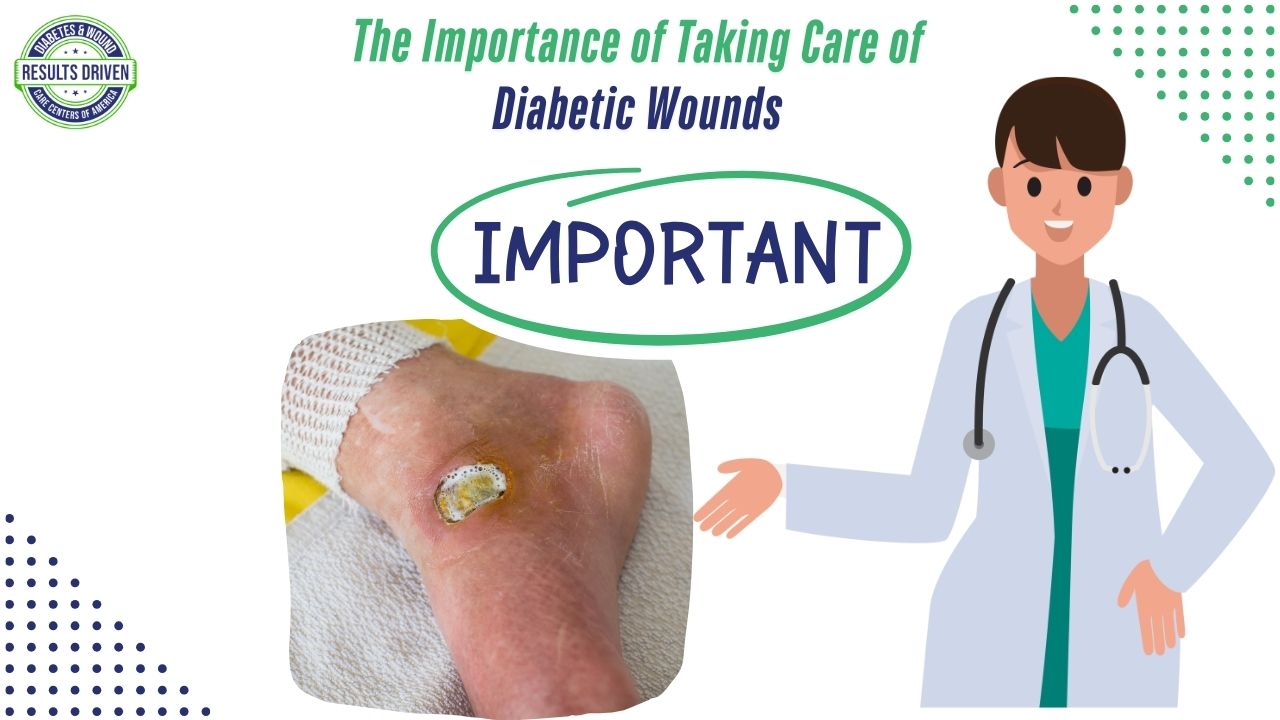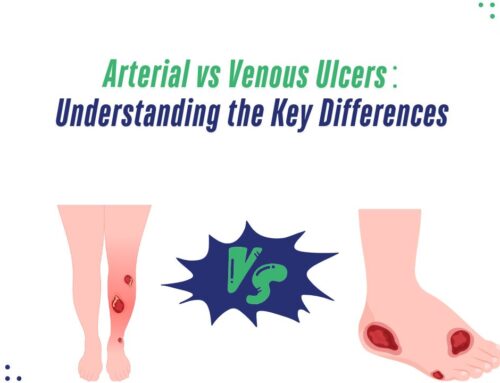The Importance of Taking Care of Diabetic Wounds
Most people understand that diabetes is a chronic condition that affects blood sugar levels, but fewer realize how much it impacts the body’s ability to heal wounds effectively. Diabetic wounds are a serious complication that, if left untreated, can escalate into severe infections, amputations, or even life-threatening conditions. Proper wound care is essential not just for healing but also for preventing complications that can significantly impact a person’s mobility and overall well-being. With early intervention and the right treatment, many of the worst outcomes can be avoided.
Why Diabetic Wounds Require Special Attention
Diabetes affects multiple systems in the body, many of which are directly involved in the healing process. This makes wounds more difficult to manage and increases the risk of complications. Understanding these challenges is the first step in ensuring proper care.
Delayed Healing
High blood sugar levels restrict blood flow, which in turn reduces the delivery of essential oxygen and nutrients to a wound site. Without these vital elements, tissue regeneration slows down, and minor cuts or blisters can take much longer to heal. In some cases, wounds that would normally close within days can remain open for weeks or even months. This delay creates a dangerous situation where infections can take hold more easily, further complicating the healing process.
Increased Risk of Infections
Diabetes weakens the immune system, making the body less effective at fighting off bacteria and other pathogens. Wounds that would typically heal without issue in a healthy individual may become infected in a person with diabetes. This can lead to more serious conditions such as cellulitis, abscesses, or sepsis, requiring aggressive medical intervention. Even something as small as a blister can become a major health risk if not properly treated.
Risk of Amputation
One of the most severe consequences of untreated diabetic wounds is amputation. Foot ulcers, a common type of diabetic wound, are the leading cause of lower limb amputations worldwide. According to the World Health Organization (WHO), more than 85% of amputations caused by diabetes are preventable with proper wound care and early intervention. The key to prevention lies in regular monitoring, proper wound treatment, and blood sugar management.
Key Steps in Diabetic Wound Care
Daily Inspection
People with diabetes should inspect their feet and other vulnerable areas daily. Even small cuts, blisters, or areas of redness should not be ignored, as they can quickly develop into more serious wounds. If mobility is an issue, using a mirror or seeking assistance from a caregiver can help ensure that no wound goes unnoticed. With remote patient monitoring capabilities at Diabetes and Wound Care Centers of America (DWCC), patients can receive expert guidance in maintaining this critical daily habit.
Proper Cleaning and Dressing
Cleaning wounds with a mild antiseptic and applying sterile dressings is a crucial step in preventing infections and promoting faster healing. Specialized dressings designed for diabetic wounds can provide moisture balance, help control bacterial growth, and accelerate recovery. In some cases, advanced wound care products such as medicated gels or silver-infused dressings may be recommended to provide additional protection against infection.
Managing Blood Sugar Levels
Keeping blood sugar levels within a healthy range is not just important for overall health—it is essential for wound healing. High blood sugar levels can impair circulation, reduce immune response, and slow tissue repair. By closely monitoring and managing blood glucose through diet, exercise, and prescribed medications, individuals can improve their body’s natural ability to heal wounds effectively.
Seeking Professional Care
Not all wounds heal on their own, and diabetic wounds require specialized attention. Regular visits to a wound care specialist can prevent minor wounds from worsening. Advanced treatments such as negative pressure wound therapy (NPWT), topical oxygen therapy, and even regenerative therapies can significantly improve healing outcomes for chronic wounds. The team at DWCC provides personalized treatment plans, ensuring that patients receive the best possible care for their specific needs.
The Lifesaving Impact of Wound Care
Taking proactive measures to care for diabetic wounds is not just about healing a single wound—it’s about preventing life-altering complications. Proper wound management can help patients maintain mobility, independence, and overall quality of life.
Ignoring a diabetic wound can lead to severe consequences, but with expert care and attention, many of these risks can be avoided. Diabetes and Wound Care Centers of America offers world-class expertise in wound management, ensuring that patients receive the highest standard of care. Whether it’s a minor cut, a chronic wound, or an injury from an accident or surgery, timely intervention can make all the difference.
No wound is too small to take seriously when managing diabetes. By prioritizing wound care and working closely with healthcare professionals, you can protect your health, prevent severe complications, and live a fuller, healthier life. If you or a loved one has diabetes, act today—because even the smallest wound deserves immediate attention.







